If you’ve ever watched a CrossFit workout in action, you know it’s a symphony of barbells dropping, jump ropes whipping, and athletes grinding through burpees and box jumps. It looks intense—and it is—but you don’t need an entire warehouse of equipment to get started. Building a functional CrossFit space is about focusing on essential CrossFit equipment that supports strength, conditioning, and skill work without cluttering your training environment.
Why Quality Over Quantity Matters
It’s easy to get distracted by flashy gear, but in CrossFit, having a few durable, versatile items will carry you further than having a room full of things you barely touch. The goal is to build a setup that allows you to scale movements, vary your workouts, and train safely.
The Most Essential CrossFit Items You Need
Here’s what to prioritize:
-
Barbell and Bumper Plates: At the heart of CrossFit are Olympic lifts and powerlifting movements. A high-quality barbell with bumper plates allows you to practice deadlifts, cleans, snatches, and presses with the option to drop the weight safely when needed.
-
Kettlebells: Perfect for swings, goblet squats, Turkish get-ups, and conditioning circuits, kettlebells add versatility and require minimal space.
-
Pull-Up Bar: Whether attached to a rig or mounted on your garage wall, a pull-up bar allows you to work on kipping, strict pull-ups, and toes-to-bar, building upper body and core strength.
-
Jump Rope: A must-have for double-unders and warm-up drills. It’s one of the simplest yet most effective tools for conditioning.
-
Plyometric Box: For box jumps, step-ups, and elevated push-ups, a sturdy plyo box helps develop explosive power and agility.
-
Squat Rack or Rig: If you plan to squat heavy or bench press, a reliable squat rack is essential for safety and progression.
-
Medicine Ball: For wall balls and core work, a durable medicine ball rounds out your setup.
These items cover the major pillars of CrossFit: strength, conditioning, gymnastics, and explosiveness.
Optional but Useful CrossFit Equipment
-
Gymnastic rings for muscle-ups and dips
-
Rowing machine or air bike for conditioning
-
Resistance bands for mobility and scaling movements
-
Weightlifting shoes for stability during heavy lifts
Start with the basics and gradually add items as your training evolves.
A Personal Reflection on Starting with Less
I still remember setting up my first garage CrossFit space. It was just a barbell, a few plates, a homemade wooden box, and a jump rope. I worried that I didn’t have enough to train properly. But over those first months, I realized that having fewer tools made me focus on mastering the fundamentals. I learned how to cycle the barbell efficiently, practiced pull-ups until they felt natural, and discovered how a simple jump rope could elevate my conditioning. When I eventually added more items, I appreciated them more because I had built a foundation with the essentials.
Final Thoughts
Investing in essential CrossFit equipment isn’t just about spending money—it’s about building a space that supports consistent, effective training. Whether you’re looking to build a home gym or equip a small box, focusing on versatile, durable CrossFit items will help you get stronger, faster, and fitter without unnecessary distractions.
If you’re just starting your CrossFit journey, remember: it’s not about having everything at once. It’s about making the most of what you have, showing up, and putting in the work. The right equipment is there to support your discipline—not replace it.




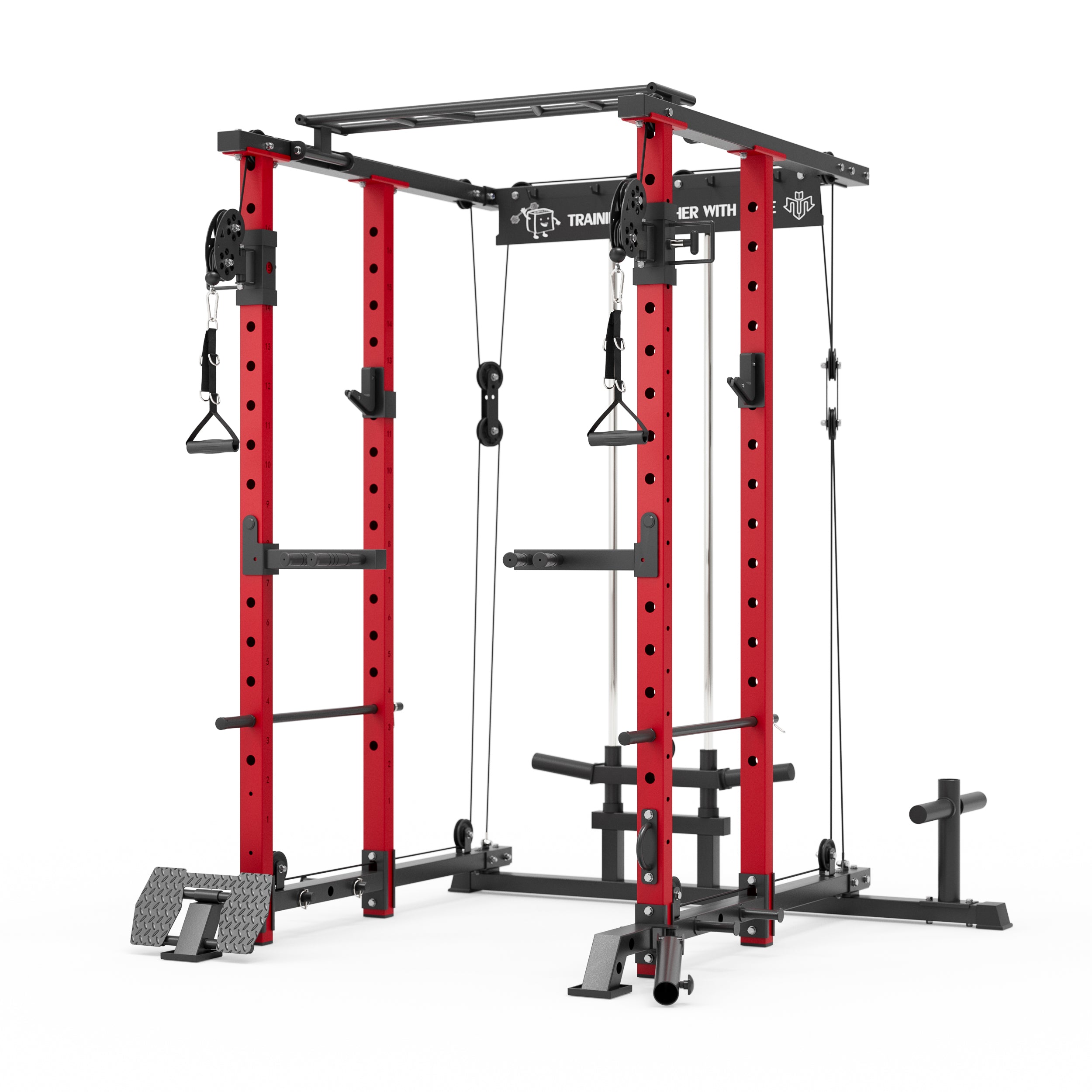


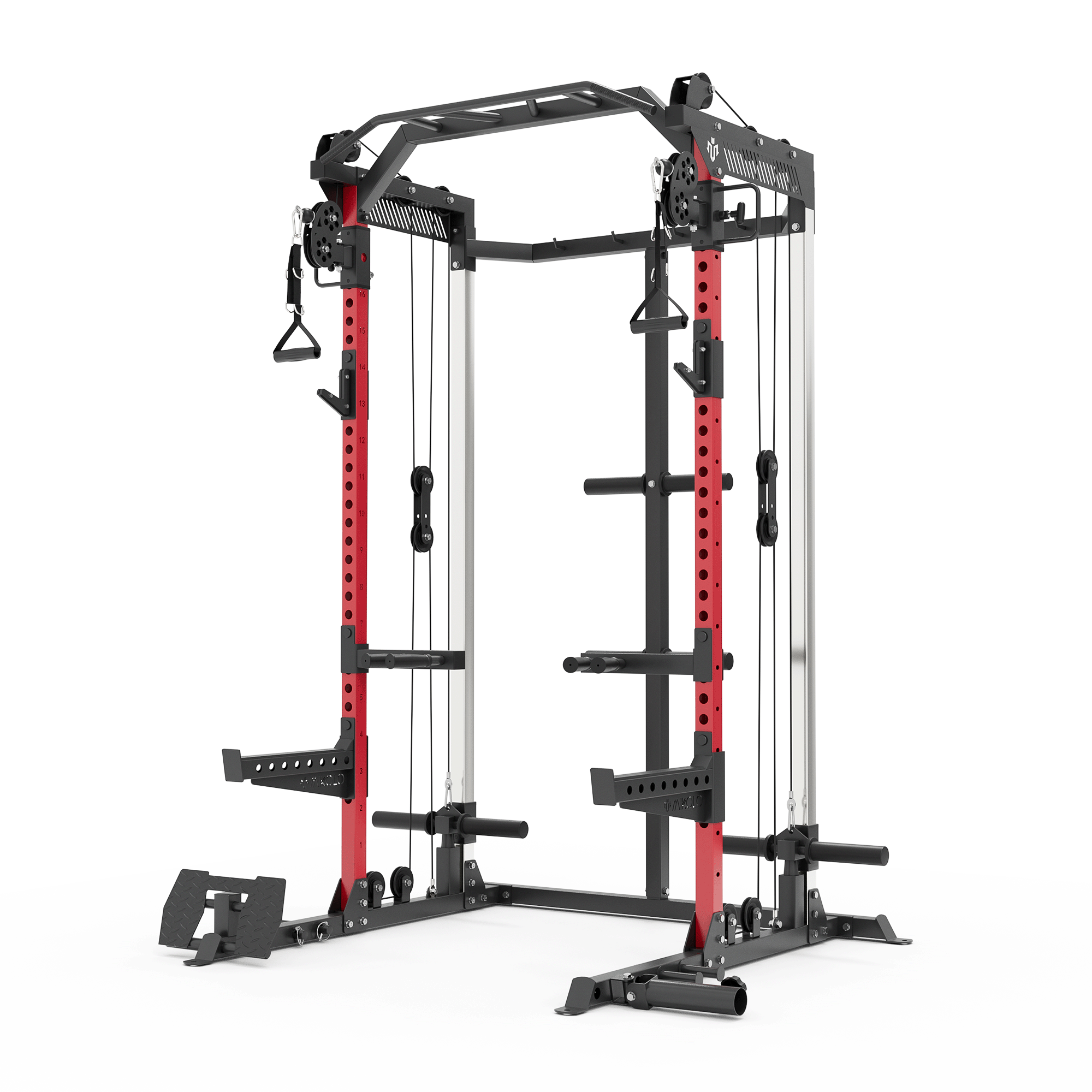




















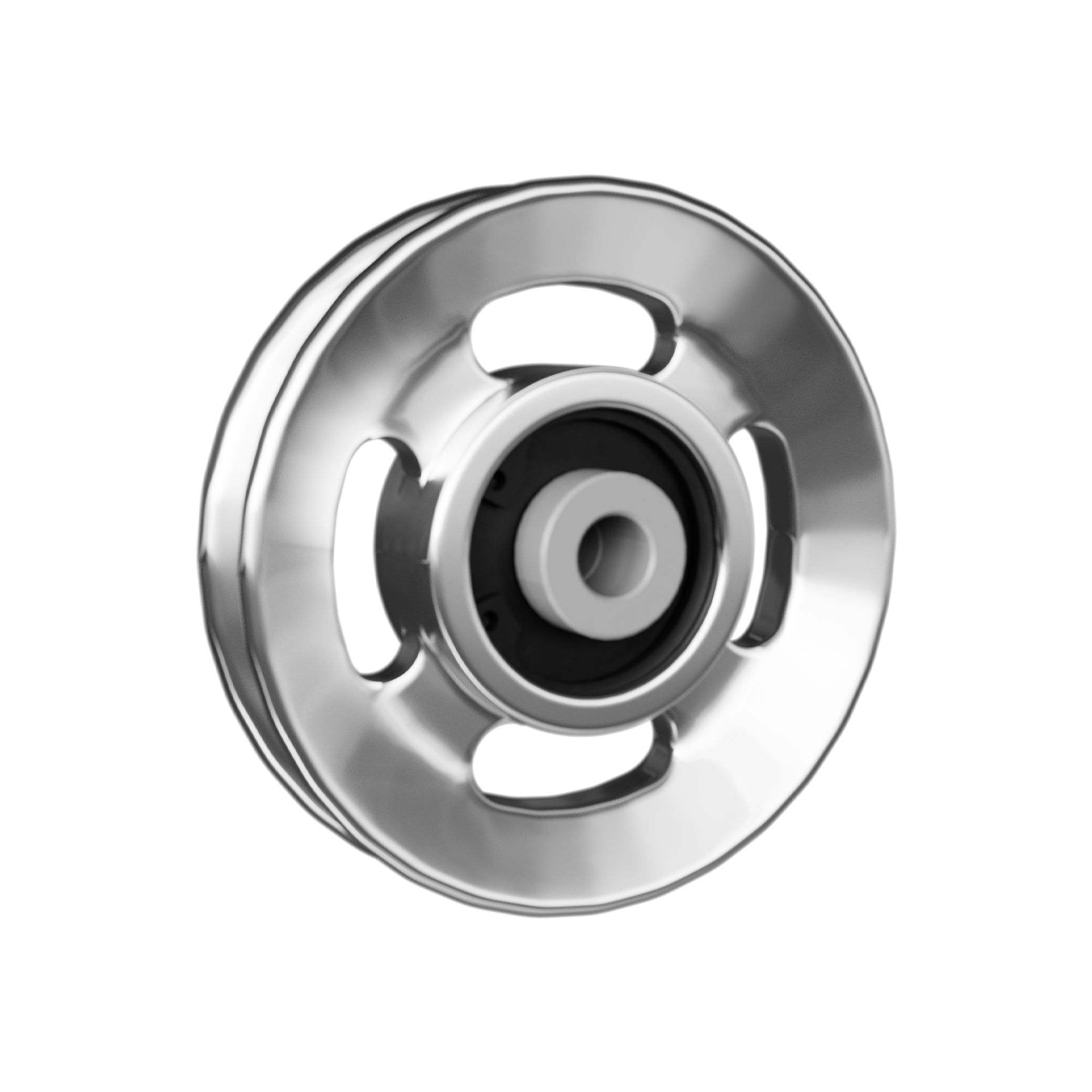



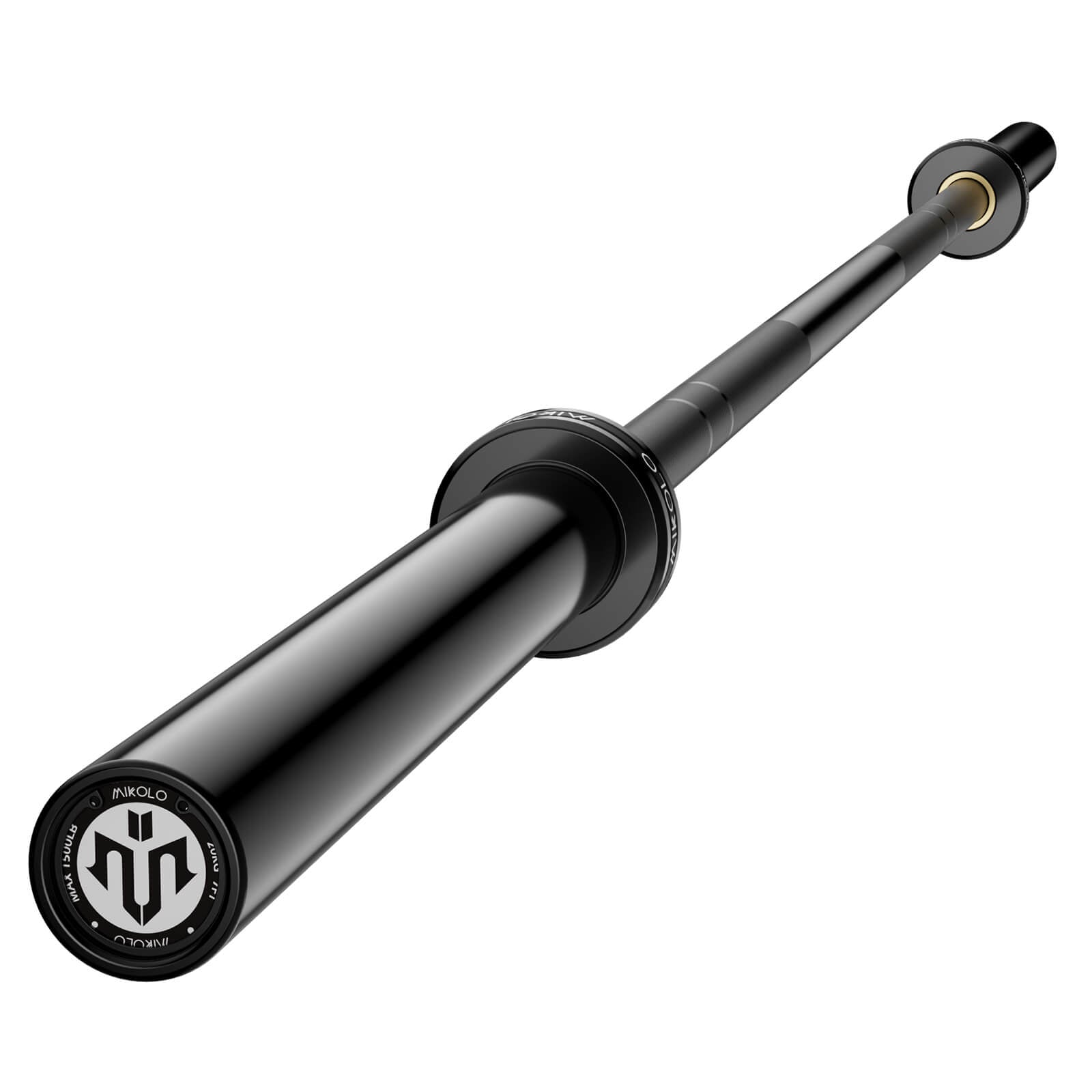




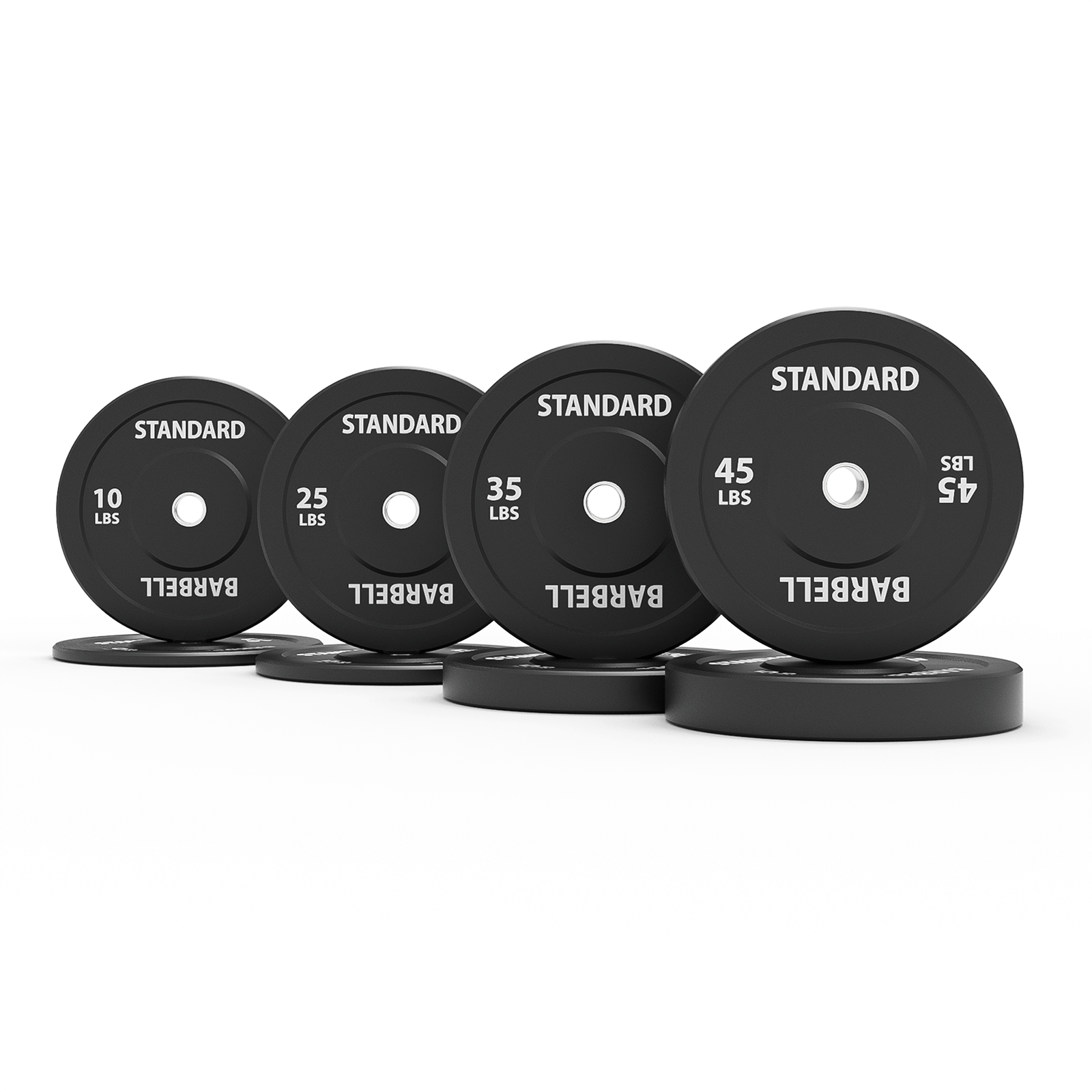




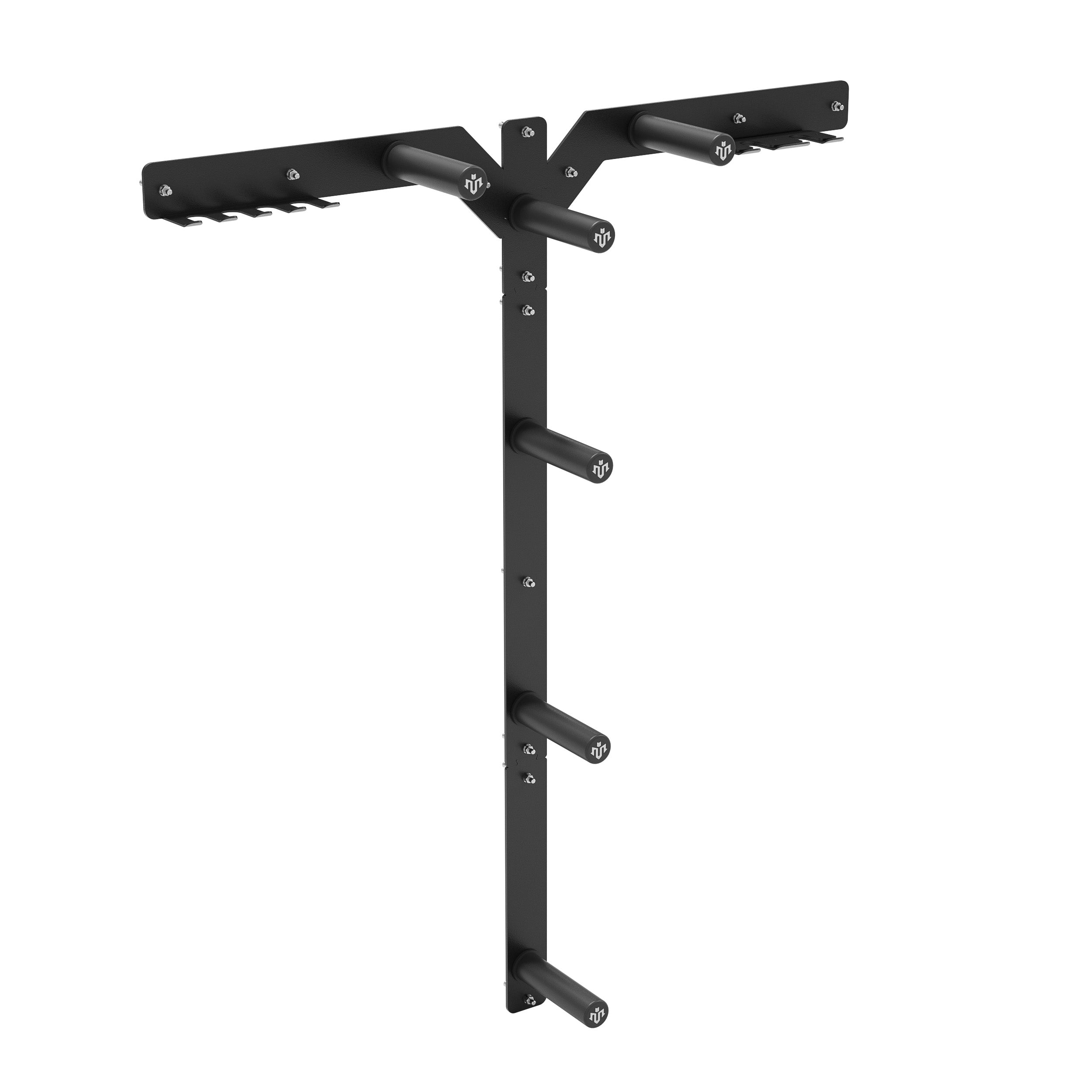




Leave a comment
This site is protected by hCaptcha and the hCaptcha Privacy Policy and Terms of Service apply.